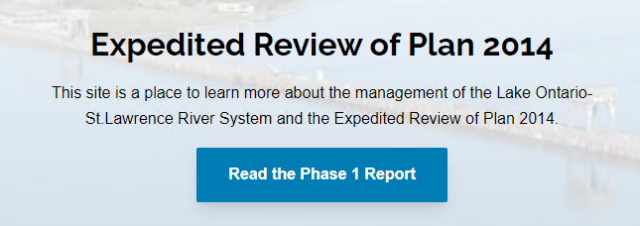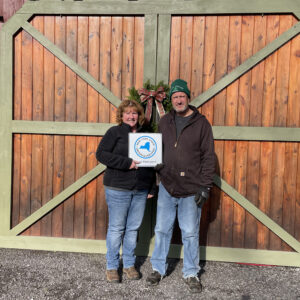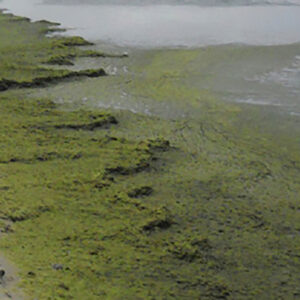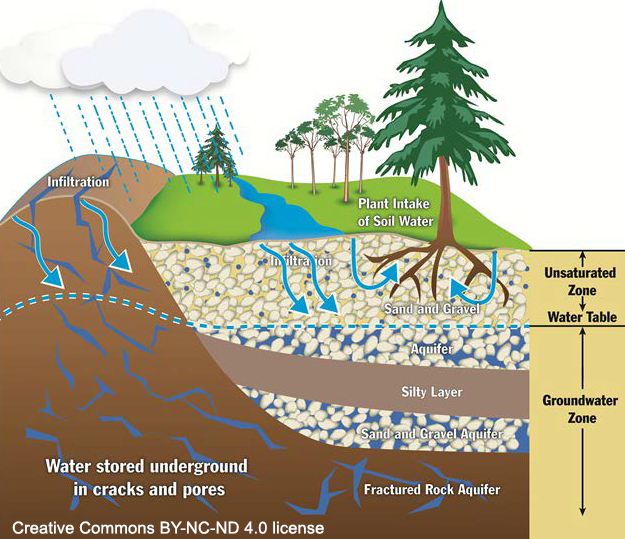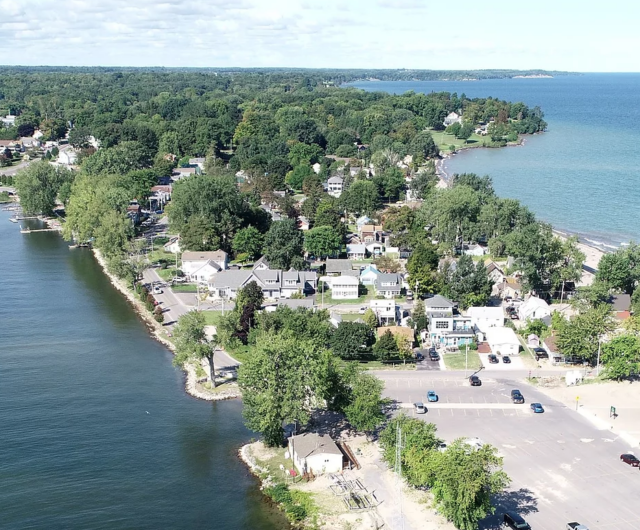 Join Trail Works wildflower expert Mark DeCracker to hike a National Natural Landmark with a sphagnum bog and floating bog cradled between Wayne County drumlins.
Join Trail Works wildflower expert Mark DeCracker to hike a National Natural Landmark with a sphagnum bog and floating bog cradled between Wayne County drumlins.
Trail loop is 2 miles.
Dress for the weather with appropriate footwear for wet and muddy conditions.
For more information call Mark DeCracker 315-573-8170.
SUNDAY AT 1:30 PM – 3:30 PM
Wildflower Walk at Zurich Bog
For more information visit https://fb.me/e/1dZJBqqU6

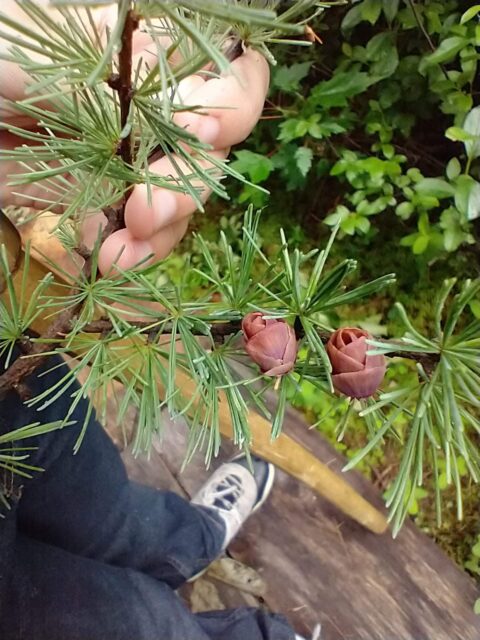 Join Trail Works wildflower expert Mark DeCracker to hike a National Natural Landmark with a sphagnum bog and floating bog cradled between Wayne County drumlins.
Join Trail Works wildflower expert Mark DeCracker to hike a National Natural Landmark with a sphagnum bog and floating bog cradled between Wayne County drumlins. 